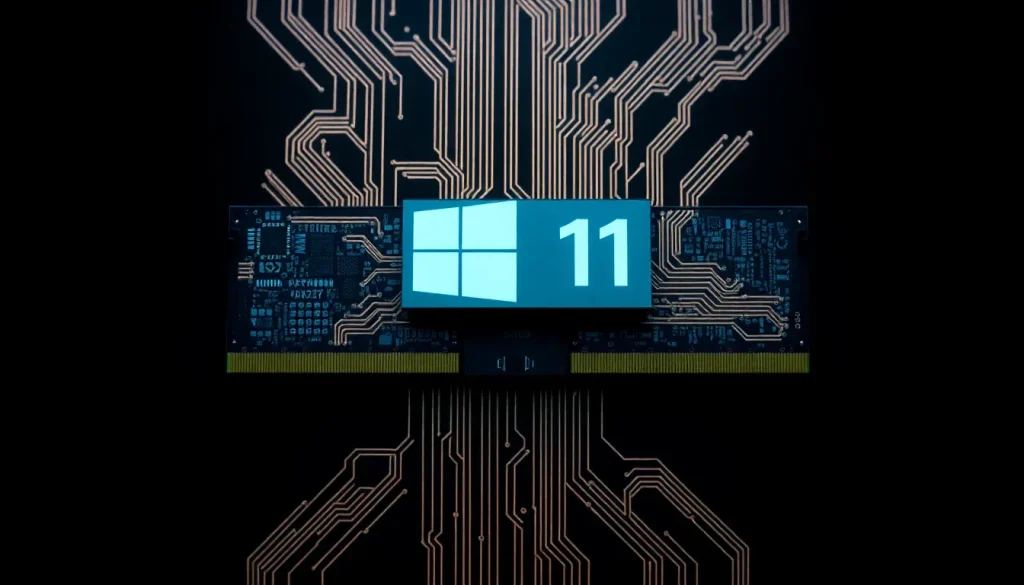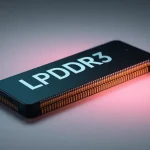Windows 11 activates memory diagnostics at reboot for bugs

In the realm of computing, unexpected crashes can wreak havoc on productivity and end-user experience. Understanding the root causes of these issues is essential for maintaining system stability. With Windows 11, Microsoft aims to tackle one of the most common culprits behind system failures: memory-related errors. By implementing proactive memory diagnostics, users will gain valuable insights into their system's health and performance.
- New Memory Diagnostic Features in Windows 11
- How Proactive Memory Diagnostics Work
- Running Memory Diagnostics: Two Options Available
- Importance of Memory Health in System Performance
- Future Enhancements and User Experience
- Accessing Additional Resources and Support
- Conclusion: Embracing Technological Advancements
New Memory Diagnostic Features in Windows 11
Microsoft's introduction of proactive memory diagnostics marks a significant step forward in addressing the frequent and frustrating issue of system crashes. Particularly, the notorious Blue Screen of Death (BSOD) has long plagued users, often leaving them in the dark about the underlying problems.
Traditionally, memory-related crashes could stem from a variety of issues, including:
- Faulty RAM modules
- Incorrectly matched memory sticks
- Overclocking settings that destabilize the system
- Driver conflicts leading to memory corruption
The new feature aims to simplify the troubleshooting process by conducting memory diagnostics automatically during system reboot after a crash. This integration allows users to identify potential memory issues without needing deep technical knowledge.
How Proactive Memory Diagnostics Work
When a system experiences an unexpected crash, the next time Windows 11 starts, it will automatically initiate a memory diagnostic scan. This scan is designed to run for approximately five minutes and will help identify whether the crash was related to memory issues.
During this scan, Windows will analyze memory-related crash codes, gathering data that will aid in future troubleshooting. The intention behind this proactive approach is to treat every BSOD as an opportunity to diagnose potential memory faults, thus providing users with a clearer understanding of their system's health.
Running Memory Diagnostics: Two Options Available
For users looking for additional options, the existing Windows Memory Diagnostics tool remains accessible and effective. This tool has been available for several Windows versions, including:
- Windows 10
- Windows 8/8.1
- Windows 7
- Windows Vista
When utilizing the tool, users are presented with two main options:
- Restart now and check for problems: This option initiates an immediate memory test before Windows fully loads.
- Check for problems the next time I start my computer: This option schedules the memory test for the next reboot.
These features provide users with flexibility in managing memory diagnostics, ensuring that they can address issues at their convenience.
Importance of Memory Health in System Performance
Memory health is crucial for the overall performance and stability of a computing system. Issues related to memory can manifest in various ways, including:
- Frequent crashes and restarts
- Slow system performance
- Data corruption
- Inconsistent application behavior
By regularly monitoring memory health through the new proactive diagnostics feature, users can take preemptive measures to mitigate these risks. This not only enhances the longevity of hardware components but also optimizes software performance.
Future Enhancements and User Experience
As Microsoft continues to refine its Windows 11 operating system, feedback from users will be instrumental in evolving the memory diagnostic features. The company aims to further enhance the accuracy of diagnostics and the overall user experience.
Initially rolled out in the Windows 11 Insider Preview Build 26220.6982, these features are expected to become more sophisticated over time, allowing users to easily discern whether system instability is attributed to memory issues.
Accessing Additional Resources and Support
For users seeking further assistance or in-depth guides on utilizing the Windows Memory Diagnostics tool, various resources are available. YouTube offers a wealth of tutorials, including:
These videos provide step-by-step instructions to help users effectively utilize the memory diagnostic tools available in Windows 11.
Conclusion: Embracing Technological Advancements
The proactive memory diagnostics feature in Windows 11 not only empowers users to troubleshoot memory issues more effectively but also represents a broader commitment by Microsoft to enhance the reliability and stability of its operating system. By staying informed and actively utilizing these tools, users can significantly improve their computing experience.




Leave a Reply